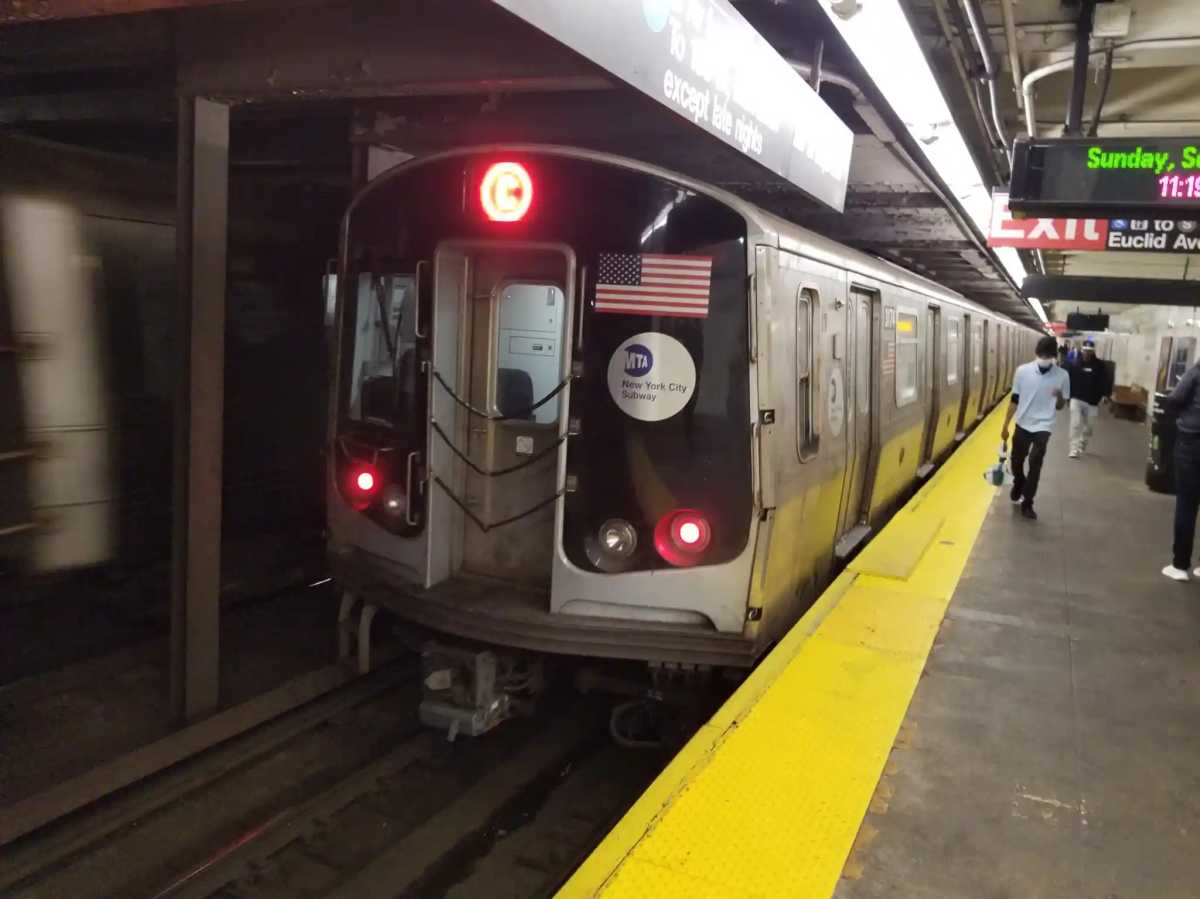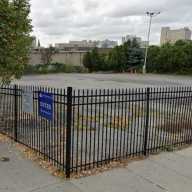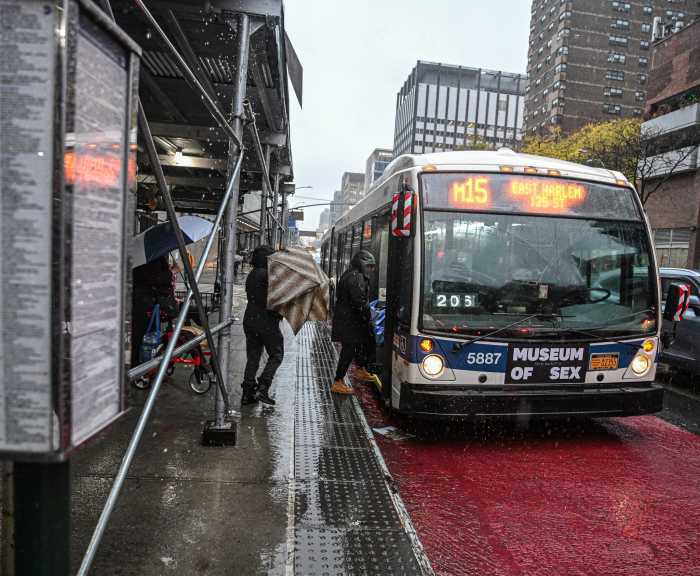On August 8, 2007, the New York City public transit system was crippled by what Metropolitan Transportation Authority (MTA) Executive Director and CEO Elliot Sander called “a record breaking rainfall.”
According to an MTA performance and vulnerability assessment commissioned in the storm’s aftermath, rainfall during the storm, by some accounts, exceeded 4.2 inches in a two-hour period - well beyond the maximum of 1.75 inches per hour that regional drainage systems are designed to handle. Accompanied by the first tornado to strike Brooklyn in 100 years and pockets of flash flooding, the transit system was blindsided. Sewers became saturated and overflow rainwater cascaded through subway ventilation grates, submerging switches, signal boxes and third rails on lines across the city. Subway service screeched to a halt.
Weeks later, President Bush declared Queens and Brooklyn to be eligible for federal disaster funding based on the damage caused by the storm.
The MTA realized too late that the damage could have been minimized. With the implementation of early warning and emergency response capabilities as well as an overhaul of its storm operating protocols - not to mention better inter-agency communication and improved notifications to the public - the MTA would not have needed such a “Herculean recovery effort” to restore service to as normal as possible in as quickly a fashion as possible, its report said.
Fast forward to September 19, 2008, when Sander stood before a crowd at the intersection of Hillside Avenue and Sutphin Boulevard in Jamaica - a few stories above the Sutphin Boulevard F station, the section of the system most severely effected during the August 2007 storm.
“This is a big deal,” Sander said, gesturing to an undulating wave-like hunk of stainless steel that he and a team of MTA and other city and state officials had just unveiled. The traditional and ubiquitous standard-issue street-level subway grate - the kind that welcomed the August 2007 floodwaters as if they were manna from heaven - was gone, having been replaced by a “raised” grate, varying in height from 6 inches up to approximately two feet, that would prevent runoff from flowing down into subway tunnels.
A tangible sign of progress since the MTA issued its report over a year ago, the agency’s new grating system at Hillside and Sutphin, designed by Rogers Marvel Architects, is just the first of 219 grates that will be raised in the Hillside Avenue Zone - on Hillside from Queens Boulevard to 184th Street and on Archer Avenue, from 139th Street to Sutphin. Another 353 of the area’s over 1,200 existing grates will be sealed with concrete to further reduce storm flow into the transit system. In the Queens Plaza Zone - Northern Boulevard from 40th Road to Broadway; Broadway from Steinway Street to 74th Street; and Steinway from Northern to Broadway - the MTA will raise 559, or 48 percent of the nearly 1,200 gratings, and seal off 390 of them.
Decisions to raise or close off the grates were based on studies of pedestrian traffic, hydrology and ventilation needs along subway lines, the MTA said.
The implementation of the new system will cost several million dollars in each of the zones, “But it’s a fraction of the cost compared to the economic impact if you didn’t have a system you could rely on,” Sander explained.
“I never expected we would be able to use design” to confront the problems with the city’s infrastructure, he said.
The city is heralding the new raised grating system as multifunctional, but with only one actual seat - and a modestly sized one at that - raised a few inches above the grate, the so-called “street furniture” comes off as more of a camouflage for a seemingly simple engineering solution than an actual furnishing meant for human relaxation. And architect Rob Rogers is quick to admit that.
“It’s not intended to be comfortable to park here for a long time,” said Rogers, whose firm has also worked on security installations for the New York Stock Exchange and street furniture for Battery Park City. The functional benches are to be used “while you’re waiting for a bus, or while you’re drinking a Coke,” he explained, noting that the entire grate can be used as a bench, not just the seat-like element at one end.
In fact, the raised grate at Hillside and Sutphin is actually a system of three five-foot-long interchangeable grates. Depending on location, some future installations will only be comprised of one grate.
Rogers said his work is “evocative of the problem itself,” mimicking the gyrations of storm surge and what Sander called the “gentle sloping hills and valleys” of his native southeast Queens.
Despite other initiatives, such as the installation of Doppler radar screens in all agency operations centers and the creation of catch basins and portable pumps at some service locations, Sander is a realist when it comes to the potential impact of a future storm.
He added, however, that the new grating system coupled with the MTA’s improved ability to respond and react will minimize the effects of storms to come - a good thing because there is certainly some inclement weather ahead of us, Sander implied, referencing the “challenge of global warming” as he addressed the crowd on Hillside.
Councilmember James Gennaro, whose district includes the area around Sutphin and Hillside, applauded the MTA, but added, “we have a long way to go to develop new and better storm water management practices and policies.”
A few blocks south, Councilmember Leroy Comrie said the MTA has utilitized tarps as a temporary flood fix as the agency prepares to begin raising and sealing off grates in his district.
The MTA will soon release a second firm’s designs for similar grating structures in Manhattan.






























